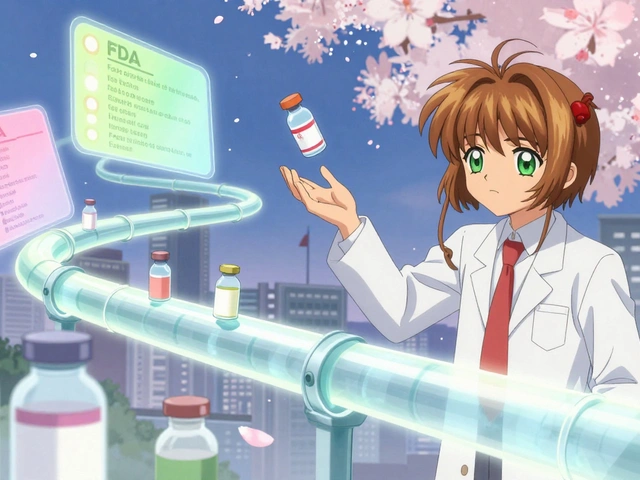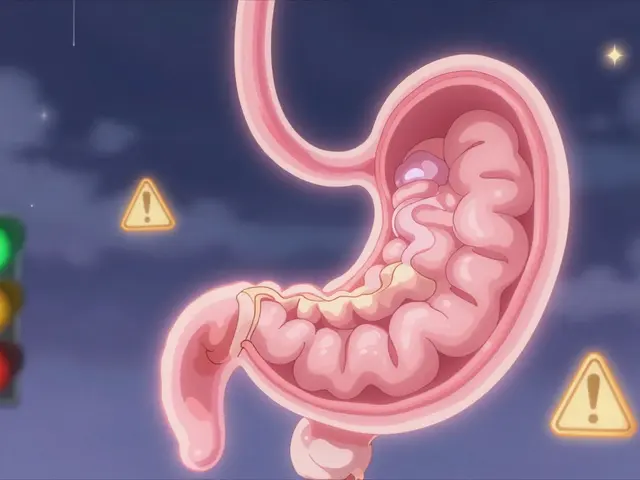Infertility: Clear Steps, Real Tests, and Treatment Options
Infertility feels personal and confusing. You’re not alone: about 1 in 6 couples face trouble getting pregnant. That stat is sharp because it shows this is common—and fixable in many cases. This page breaks down the main causes, the tests doctors order, and the real treatment paths people use, so you can make smarter choices fast.
What usually causes infertility?
There are several common reasons, and sometimes more than one plays a role. For women, age matters: fertility drops after the mid-30s because egg quality and quantity fall. Ovulation problems—like irregular cycles or PCOS—are next. Blocked fallopian tubes from infections or surgery can stop sperm meeting an egg. For men, low sperm count or poor sperm movement is often the issue. Lifestyle factors—smoking, heavy drinking, extreme weight changes, and certain medications—can hurt both partners. Sometimes tests show no clear cause; that’s called unexplained infertility.
When to see a doctor
If you’re under 35 and haven’t conceived after one year of regular unprotected sex, see a fertility specialist. If you’re 35 or older, don’t wait—check after six months. Also make a visit sooner if you have irregular periods, known reproductive issues, prior pelvic infections, or a partner with known low sperm count. Early testing gets answers quicker and opens up more options.
Typical tests are straightforward. Women usually get blood tests for hormone levels and an ultrasound to check ovaries and uterus. A hysterosalpingogram (HSG) shows whether fallopian tubes are open. Men get a semen analysis to measure sperm count, shape, and movement. Together these tests point to targeted treatments rather than guessing.
Treatment options range from simple to advanced. For many couples, lifestyle fixes and timed intercourse after ovulation tracking work. If ovulation is the issue, oral meds like clomiphene or letrozole can help. IUI (intrauterine insemination) places sperm directly into the uterus and can be paired with ovulation drugs. IVF (in vitro fertilization) is the most effective for many problems: eggs are retrieved, fertilized in a lab, and embryos placed back in the uterus. There are also surgical fixes for blocked tubes or varicocele repair for men.
How you choose depends on diagnosis, age, costs, and personal values. Fertility meds and treatments can have side effects—talk about risks and success rates with your doctor. If you’re curious about medications or supplements, BlinkHealth Pharmaceuticals provides profiles and safety info to help you compare options and talk to your clinician armed with facts.
Small actions help: quit smoking, cut heavy drinking, aim for steady healthy weight, and reduce stress where possible. Track your cycles, know the fertile window, and get a basic workup if things aren’t happening. Fertility care can feel overwhelming, but clear testing and a stepwise plan make it manageable. Ask questions, get a partner involved, and choose a clinic or doctor you trust.
Couples Therapy: Navigating Infertility Together
Navigating infertility can be tough on relationships, and couples therapy offers a supportive space to address the emotional challenges it brings. By improving communication, balancing emotions, and fostering understanding, therapy helps couples strengthen their bond during this challenging time. Learn how therapy can provide valuable insights and coping strategies for couples facing infertility.






